
The Female Friendly Invasion
American Women in Suffolk, 1942-1946
American Women in Suffolk
American female personnel also served with the Eighth Air Force or support organisations. Although numbers never reached any comparison with their male counterparts (probably less than 500 in total in Suffolk during the war), they provided vital work to support combat operations.
Women’s Army Corps (WAC)
The Women's Army Auxilliary Corps (WAAC) was established May 15, 1942 and the first members arrived in England July 16 1943 after a request from the Eighth Air Force for female service personnel to replace British WAAFs (Women's Auxilliary Air Force) members then being used. A slander campaign against the morality of members (and the ability of females to serve) hindered recruitment in the United States during 1943. This was refuted and the American WAAC underwent a name change to WAC (Women's Army Corps) when it became fully part of the U.S. Army as of July 1, 1943. By December 31, 1943 there were 52 officers and 636 enlisted women attached to the USAAF in the United Kingdom and numbers rose steadily to peak on 30 September 1944 at 144 officers, 4 Warrant Officers and 2909 enlisted women. By this stage, many of these would have moved with the Ninth Air Force to the Continent after the D-Day invasion and the total number of WACs in theatre (including many attached to the US Army) was approximately 8,000.
The bulk of WACs stationed in Suffolk (130 of them) formed the WAC Detachment at Third Bomb Division Headquarters at Elveden Hall. WACs did not serve at individual airfields on a permanent basis.

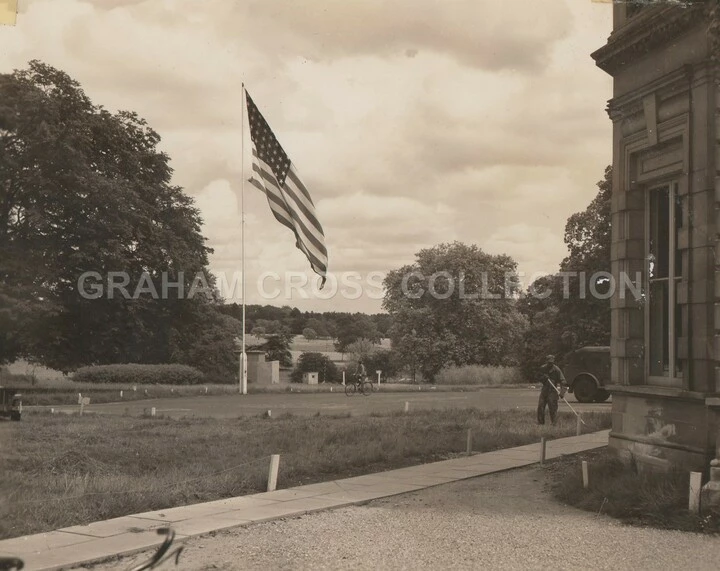
The U.S. Army authorised WACs to perform fifty-six different jobs, but the majority (75%) provided vital support work as stenographers, clerks, typists and teletype operators. There were some that were chauffeurs, camera technicians, weather observers and aircraft plotters (to name just a few of the other jobs performed).
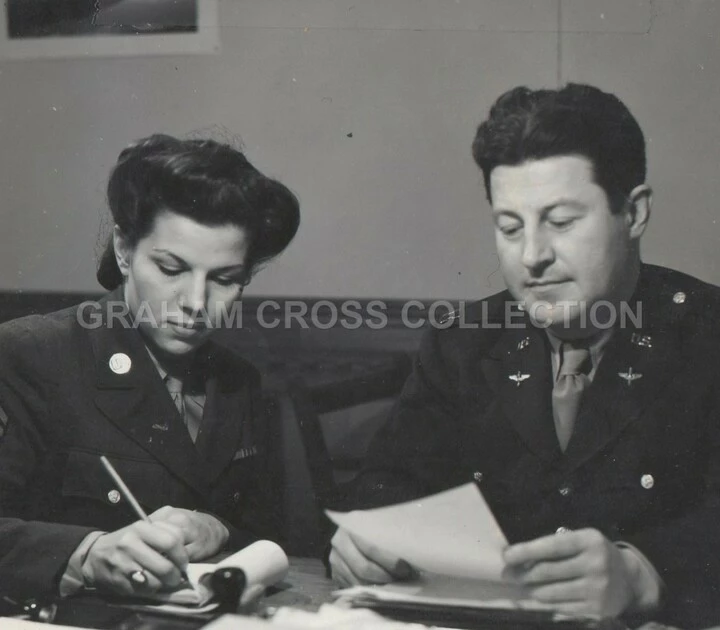

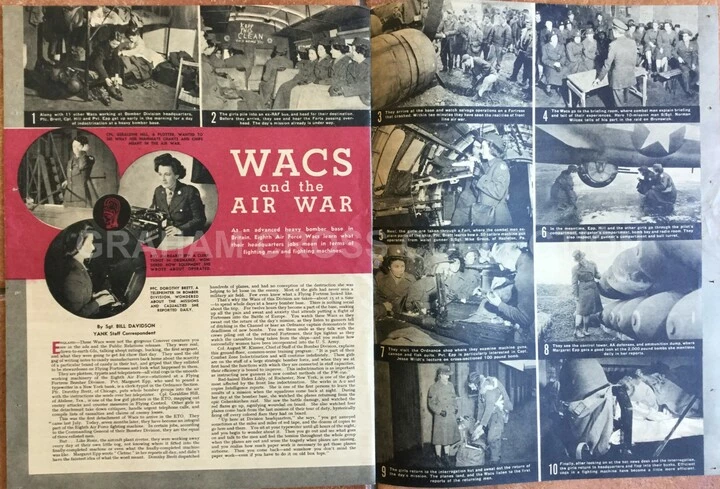
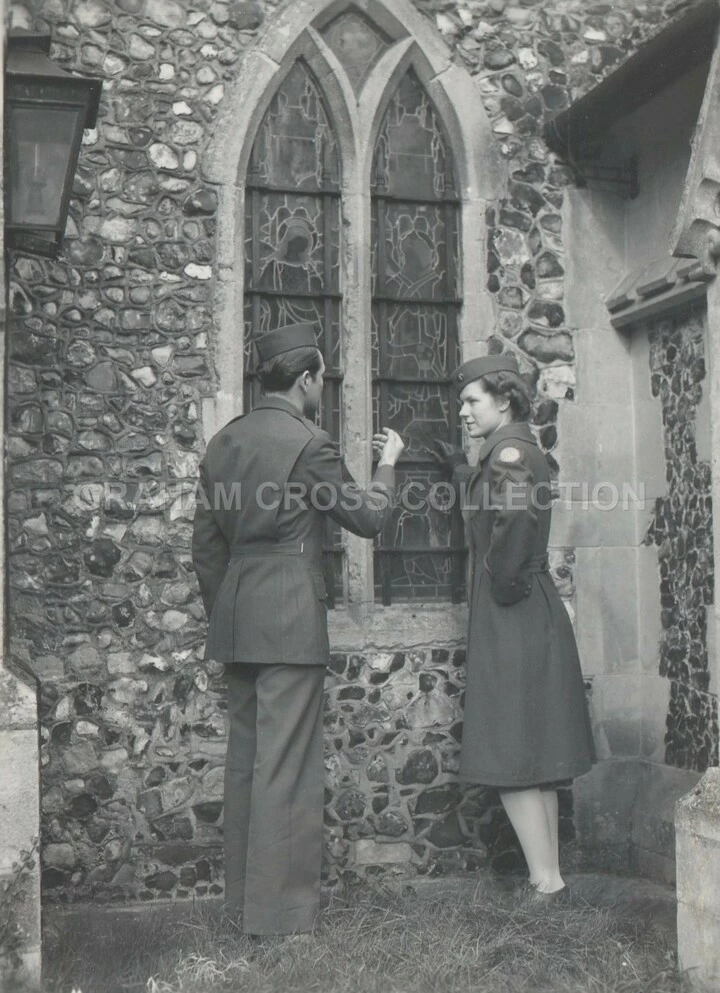
Corporal Ruby Newell
Corporal Ruby Irene Newell was born April 4, 1921 in Wynnewood, Oklahoma and moved to New Mexico and then Long Beach, California by 1940. She enlisted in the WAAC July 15, 1942 and served with the Third Air Division at Elveden Hall. In November 1944, GIs voted her the 'prettiest' WAC in the Eighth Air Force in a Stars and Stripes newspaper competition. She was then feted a good deal as part of a War Bond sales drive, even having a B-17 bomber 'Ruby's Raider's' and a P-51 Mustang 'Miss E.T.O.' named after her. After the war, Newell had a brief modelling career but died relatively young aged 59 at San Bernadino, California February 22, 1981. Unfortunately, the competition failed to focus on the important work she and her comrades were performing at Elveden. Announcing the result at the Army and Navy Football Game at White City November 12, 1944, the Commander of the Eighth, Lt Gen. James A. Doolittle, thought it was an important morale boost to the GIs.
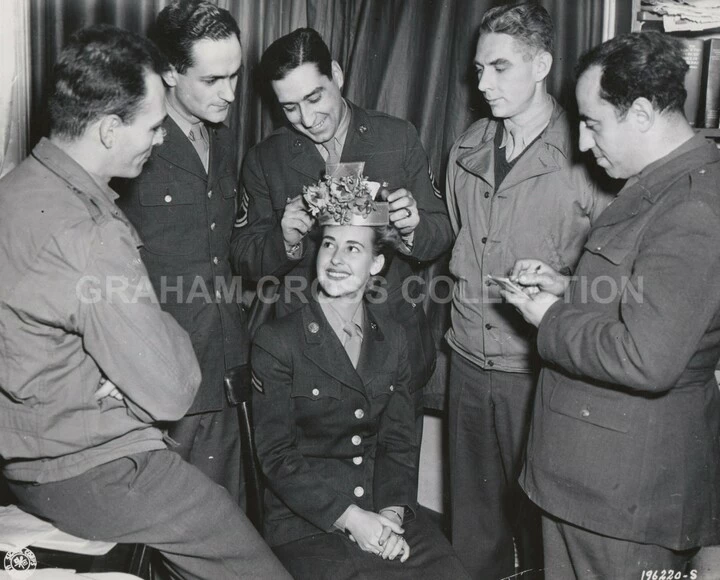



U.S. Army Nurses
Prior to D-Day, there were approximately 10,500 female nurses in the United Kingdom. There were U.S. Army Nurses (all commissioned officers at the rank of Second Lieutenant or above) at the 136th Station Hospital at Acton and the 65th General Hospital at Redgrave Park covering battle casualties and serious illnesses for the Eighth Air Force in Suffolk. After the D-Day landings, they also covered battle casualties from the fighting in Europe evacuated back to England. The 65th General Hospital was closely associated with the Duke Medical School Faculty in Durham, South Carolina. You can read more about their wartime service in Suffolk here.
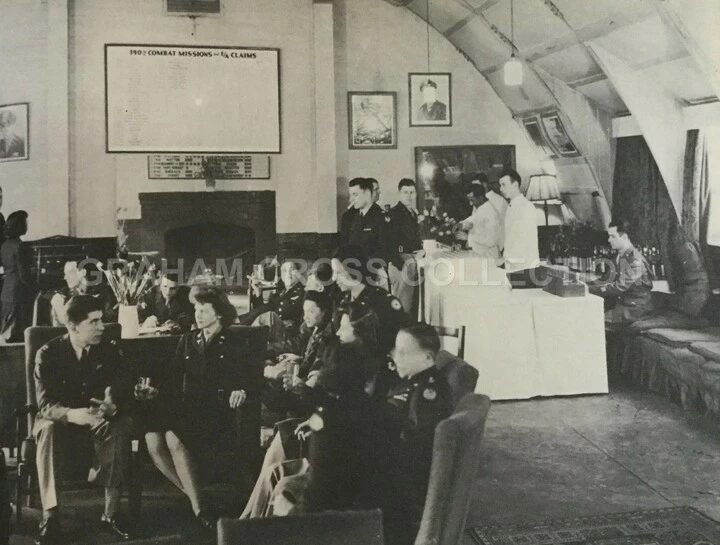
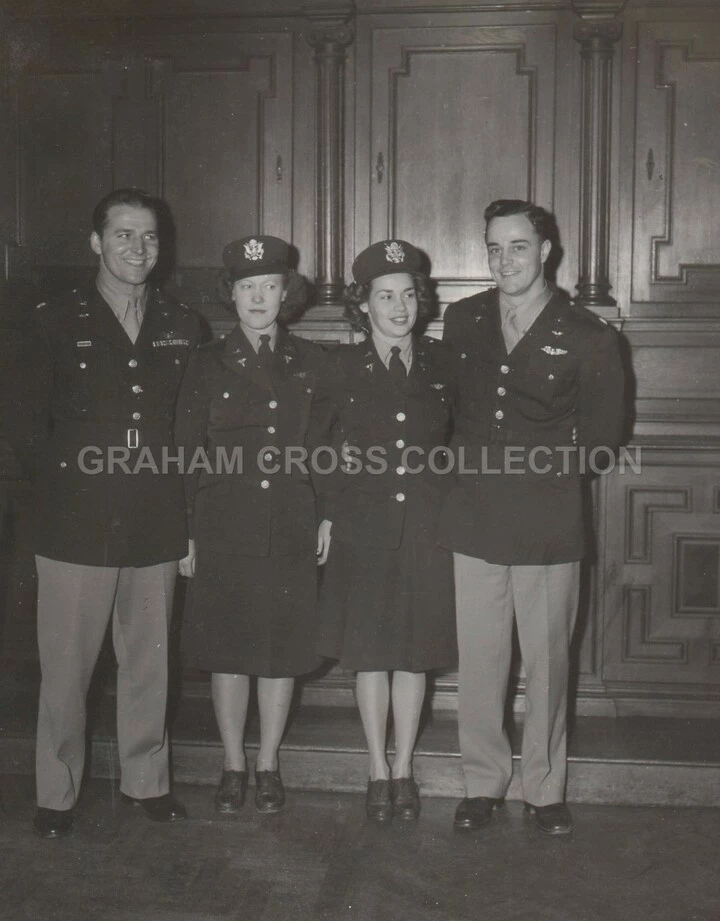
American Red Cross
In World War II, the Commanding General of the Army, George C. Marshall, decided that the American Red Cross (ARC) would be the only non-military organisation to operate with American expeditionary forces overseas. In the United Kingdom, the ARC provided every American base with over 500 service personnel an ‘Aeroclub’ usually staffed by a Field Director and two Red Cross Girls (a Club Director and Assistant) for enlisted personnel. These clubs provided a friendly location for social events, recreation and relaxation. They could also organise accommodation, trips, and sporting events off base. At its peak, the ARC ran 265 clubs in Britain with 2,600 American workers assisted by 13,000 British volunteers and 10,000 paid workers (thus most club workers were actually British). The ARC met the cost of staffing and food through fundraising and donations in the U.S., but the British government met the cost of buildings, any renovations and equipment under reverse lend-lease. The clubs proved so popular that British service personnel were only allowed as guests of individual Americans to prevent them overwhelming American hospitality.
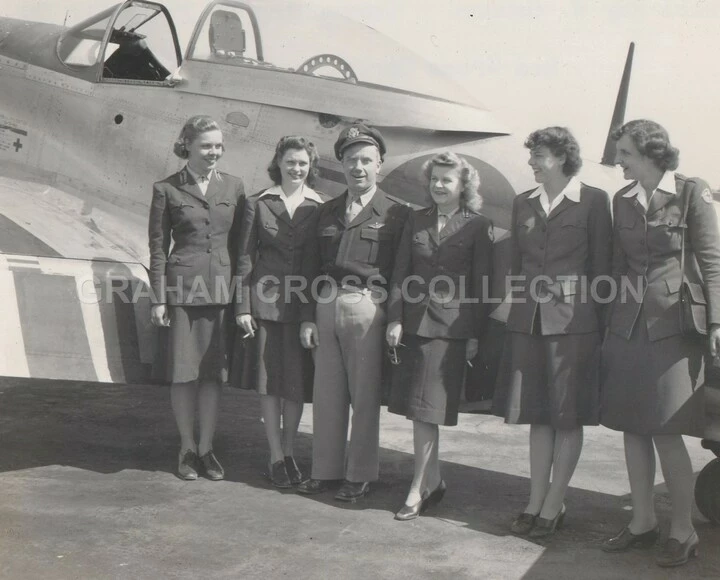



In addition, the ARC provided a ‘Clubmobile’ service staffed by a mixture of American and British crews. The ‘clubmobiles’ were former ‘Green Line’ buses that headed out from a regional base with a local male driver and three ‘clubmobile rangers’ to the isolated airfields. Once there, they distributed coffee and doughnuts, otherwise referred to as ‘ammunition for the heart and spirit.’ The ‘clubmobiles’ were a very welcome sight to cold ground crews working on windswept East Anglian bases. The aim of the ARC staff was to assume a comforting 'sister/girl next door' persona for the men who were homesick or may be experiencing the stresses of combat.
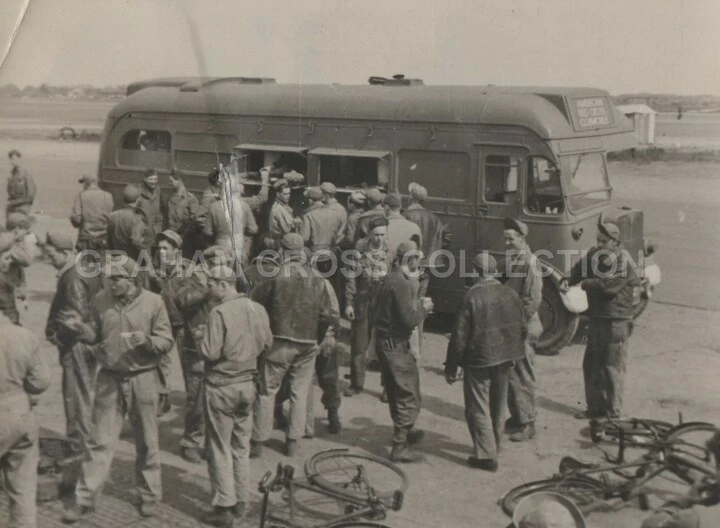

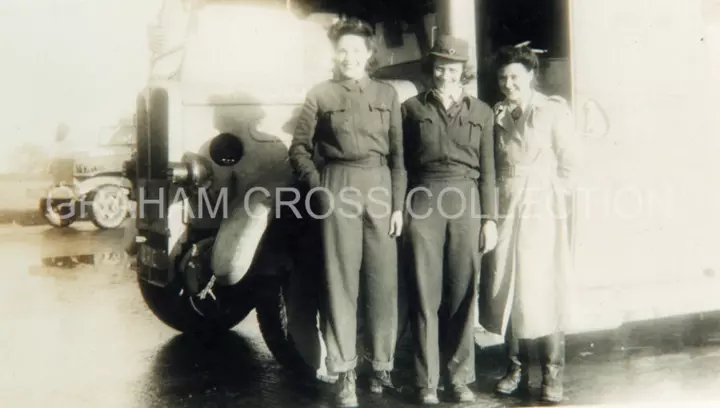
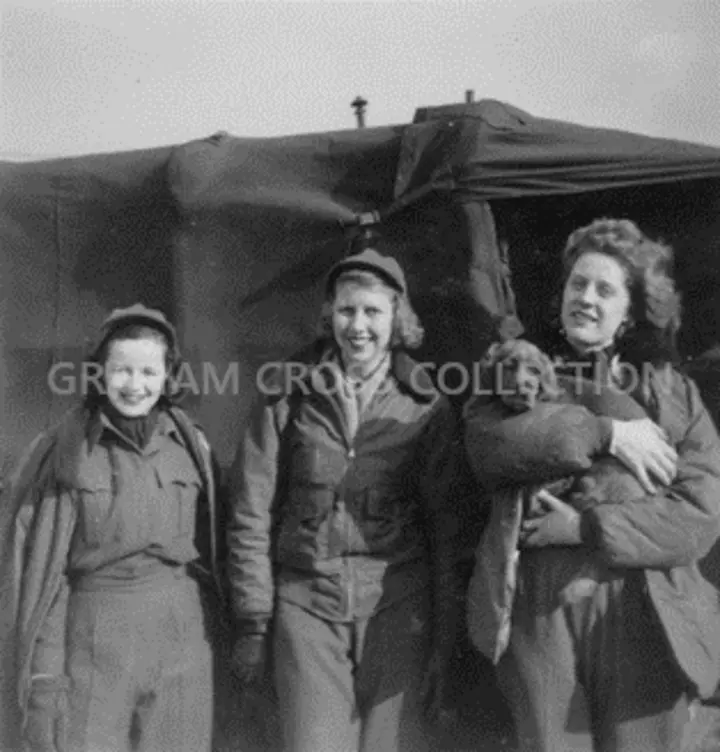

The ARC also provided 'Flak' Houses as places of rest and relaxation away from the operational bases in East Anglia for combat crews. Most GIs would also encounter their clubs in the larger towns with both Bury St. Edmunds and Ipswich having ARC Clubs. Again, these clubs made a charge for food and accommodation in an attempt to control their popularity with Allied troops when much of the services were paid for by donations from people in the U.S who thought they were helping American GIs.
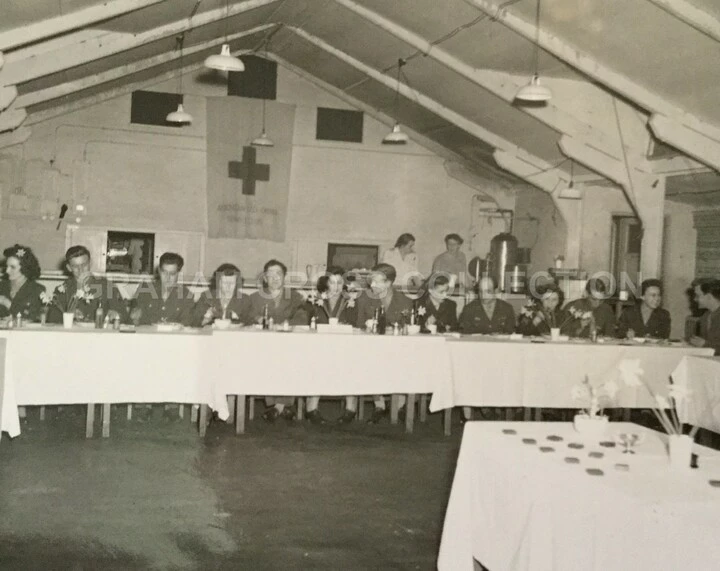
The segregation of African American troops in the U.S. Army in Britain caused particular problems. In August 1942, Gen. Eisenhower made a request for African American WAC personnel to staff special social clubs. WAC Commanders rejected his request as too demeaning for their personnel. Although the ARC Director in Britain Harvey Gibson stated clearly that the ARC had no ‘negro clubs,’ the reality was the complete opposite of this statement. The USAAF concentrated its African American personnel in segregated camps in particular areas and the ARC provided clubs with African American staff. It was technically possible for an African American soldier to enter any ARC club, but in reality they continued to observe the ‘colour line.’
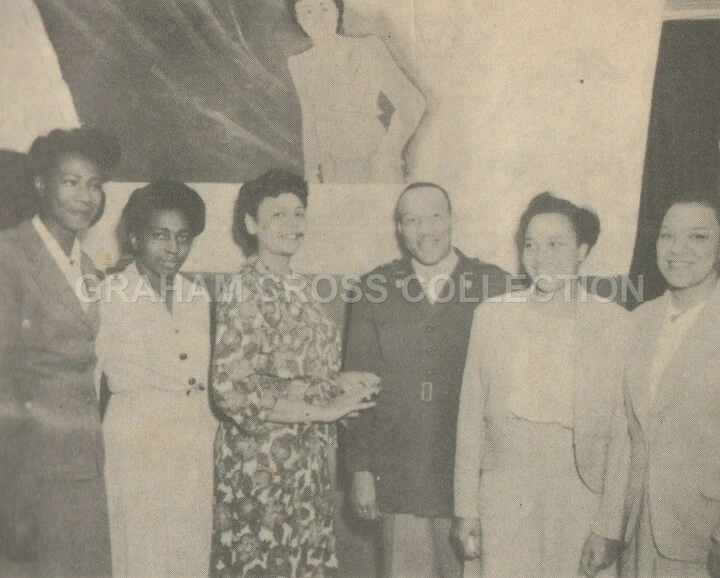
Did your female relative serve in Suffolk? Do you remember American female personnel? Why not share your story and images?
Share your story